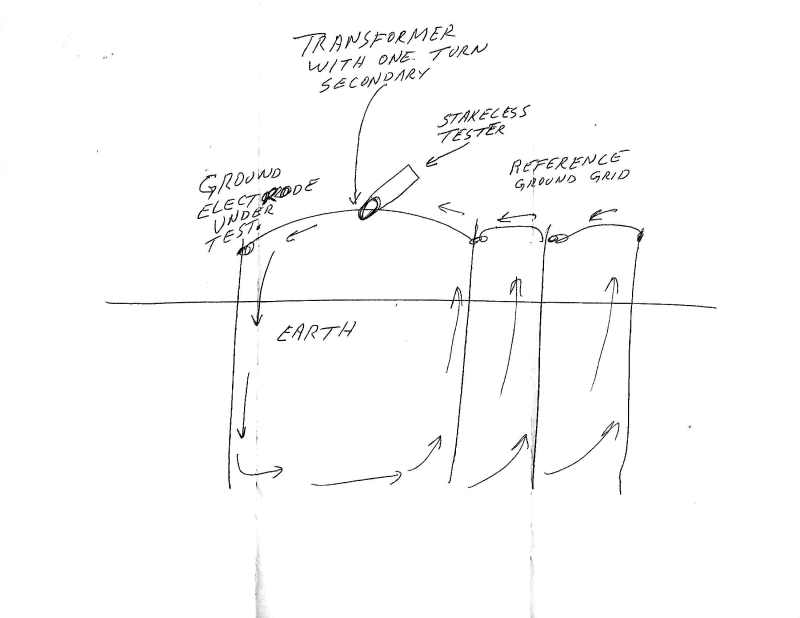ELEC07
Electrical
- Feb 17, 2021
- 7
dear all
i made a test of instrument earth impedance and i found it 4.6 ohm. i need to know if this is acceptable value or not and the electtrical standards related to that
thanks in advance
i made a test of instrument earth impedance and i found it 4.6 ohm. i need to know if this is acceptable value or not and the electtrical standards related to that
thanks in advance

